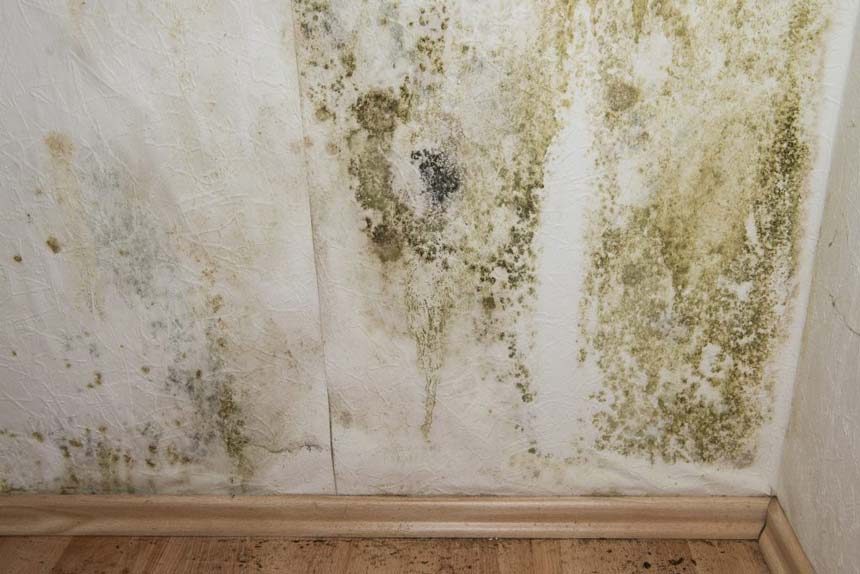
So you’ve just power washed your siding, deck, or patio—and it looks incredible. Sparkling clean, mildew-free, and refreshed. But then, just a few weeks later… that dreaded greenish-gray fuzz starts creeping back. 😩
What gives?
Mildew regrowth is a common frustration after pressure washing. The truth is, washing removes visible mildew, but unless the root causes are addressed, it can come back quickly—especially in humid or shaded environments.
In this guide, you’ll learn how to spot early signs of mildew, understand why it returns, and discover what you can do to prevent it for the long term.
🧪 What Mildew Looks Like (and Why It’s a Problem)
Mildew is a type of fungus that typically appears as:
- Light gray or green patches
- Powdery or fuzzy texture
- Found on shaded areas like north-facing walls, fences, decks, and roofs
While it may look harmless, mildew:
- Breaks down paint and wood fibers
- Attracts more dirt and organic material
- Can cause respiratory irritation
- Makes surfaces slippery and unsafe
🔍 How to Spot Early Mildew Regrowth
Even after a thorough power wash, mildew can begin to return if:
- The surface stays damp for extended periods
- There’s little sunlight or airflow
- Organic debris (leaves, pollen, etc.) is present
- Nearby plants hold moisture close to the surface
Check for:
- Subtle discoloration on corners, under eaves, or behind furniture
- Musty odor near exterior walls
- Slippery patches on wood or composite decking
Early detection makes re-cleaning easier and prevents deep infestation. 🕵️♂️
💧 Why Does Mildew Keep Coming Back?
Mildew thrives in moist, shaded, and nutrient-rich environments. After power washing, spores can still linger in microscopic cracks, grooves, or wood grain.
If you don’t change the conditions that promote mildew, it will return.
✅ How to Prevent Mildew Regrowth
Here’s a practical approach to stopping mildew in its tracks:
1. Use a Mildew-Inhibiting Cleaner
During power washing, use a detergent that contains:
- Sodium hypochlorite
- Benzalkonium chloride
- Mildewcide additives
These ingredients kill mildew at the root instead of just washing it away. Let the solution dwell for 10–15 minutes before rinsing.
Browse Amazon Here For Popular Mildew Cleaners
2. Rinse with Care
Avoid leaving detergent residue behind—this can actually feed future growth. Use clean water to rinse from top to bottom. Use a wide-angle nozzle (25° or 40°) and gentle pressure on painted surfaces. 💦
3. Trim Back Vegetation
Plants, shrubs, and trees close to siding or decks trap moisture and block airflow.
- Trim hedges at least 1–2 feet from walls
- Raise low-hanging branches
- Avoid planting vines or moss-heavy ground cover
This allows sun and air to dry the surface more effectively. 🌞🍃
4. Improve Drainage
Standing water = mildew’s best friend.
- Clean gutters and downspouts
- Grade landscaping away from the structure
- Install gravel or mulch around foundations to prevent splash-back
5. Apply a Mildew-Resistant Coating
After cleaning, consider applying:
- Sealants for wood or concrete
- Mildew-resistant paint for siding
- Stain with UV blockers for decks
These products not only prevent moisture penetration but also make surfaces easier to clean next time.
6. Increase Sun Exposure and Air Circulation
When possible:
- Remove large obstructions that block light
- Use exterior fans on covered patios or carports
- Open windows or vents in sheds and garages
Even small increases in sun exposure can make a big difference. ☀️
🧼 Routine Maintenance Is Key
Don’t wait until mildew takes hold again. Build a routine:
- Monthly visual inspections
- Seasonal cleanings in spring and fall
- Quick hose-downs after heavy rains or storms
Power washing isn’t a one-and-done job—it’s part of an ongoing fight against nature’s grime.
🏠 Final Thoughts
Power washing is a powerful tool for mildew removal, but long-term prevention takes strategy. 🌿💪
By using mildew-killing detergents, improving your environment, and sealing cleaned surfaces, you’ll keep mildew from returning—and keep your home looking its best. Don’t let the spores win. You’ve got the power!
Browse Amazon Here For Popular Pressure Washers And Accessories



